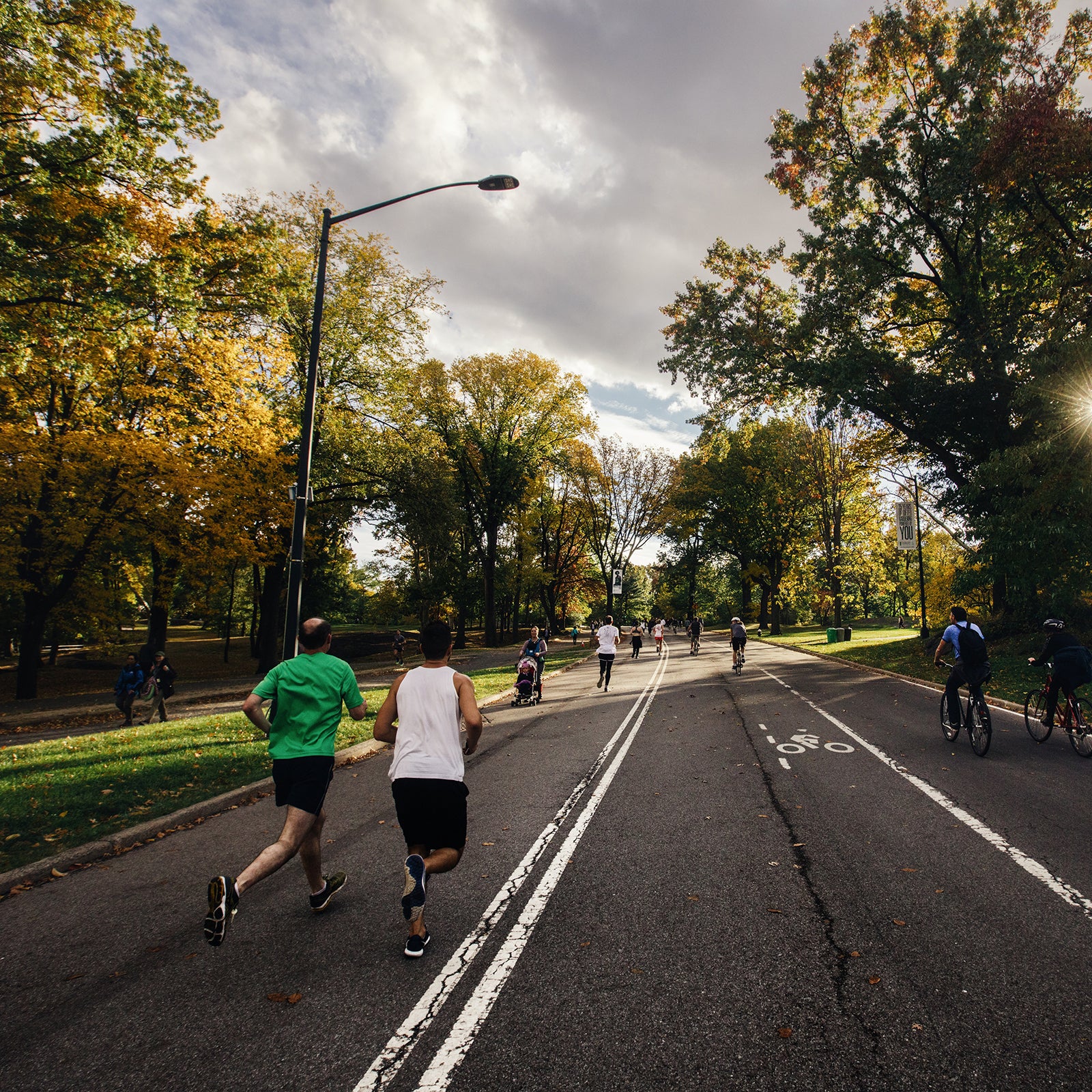“Unfortunately, the data are mixed,” says Dr. Daniel Ferris, professor of movement science at the University of Michigan’s School of Kinesiology. Common knowledge dictates that dirt and grass are better than asphalt, which is better than concrete. The idea behind the hierarchy is harder surfaces result in greater impact forces exerted on the body—including your knees—with each step, which could lead to immediate or overuse injuries.
But while there’s “good evidence that running on harder surfaces increases the impact force when your foot hits the ground,” Ferris says, there’s not much evidence that it leads to injury any more than running on softer surfaces.
One study published in 2008 in the journal Foot and Ankle International, for example, looked at how different running surfaces affected the rate at which 291 elite runners got tendinopathy. At some point during the study, 56.6 percent of runners suffered Achilles tendon issues, the most common injury, followed by knee pain at 46.4 percent. Compared to running on a sandy soft surface, running on asphalt actually decreased the risk of tendinopathy.
Other studies, like this one published in the British Journal of Sports Medicine, found no correlation at all between running surface and injury rate.
So where should you be running?
“A variety of surfaces is better than sticking with one consistently,” Ferris says. Chair of USA Track and Field’s Sports Medicine and Science Committee, Dr. Bob Adams, agrees. “You want cross training,” he says. “The ideal would be to run some on the pavement, some on the trail, and some on the track.”
If you’re training for a particular event, Ferris recommends getting in a significant amount of your mileage on that surface. But, Adams adds, you must ease into it if it’s a surface you’re not used to.
“In training, there’s frequency, duration, and intensity, and you only want to change one of those at a time,” Adams says. Same goes for running surfaces, where you have two things to consider: the surface itself, and the shoes you’re running in. For instance, you wouldn’t want to start running in minimalist shoes at the same time you start running predominantly on dirt in anticipation of an upcoming trail race. “You don’t want to make all of those changes at once,” Adams says. If you start to experience pain, you won’t know what caused it, and therefore what to change. “Do that transition slowly.”
The Bottom Line
When it comes to injury, researchers currently believe no single surface is better than another. Concrete, for instance, is hard, but it’s typically consistent. Asphalt roads often are cambered for drainage, while the unpredictability of many grass and dirt surfaces can cause instant injuries. (Mickey Mantle famously injured his right knee during the 1951 World Series when he sprinted across a baseball field and caught his shoe on a sprinkler.) Your best bet for avoiding injuries, experts say: mix it up. Incorporate a variety of surfaces into your training, including grass, dirt, asphalt, concrete, and tracks.

